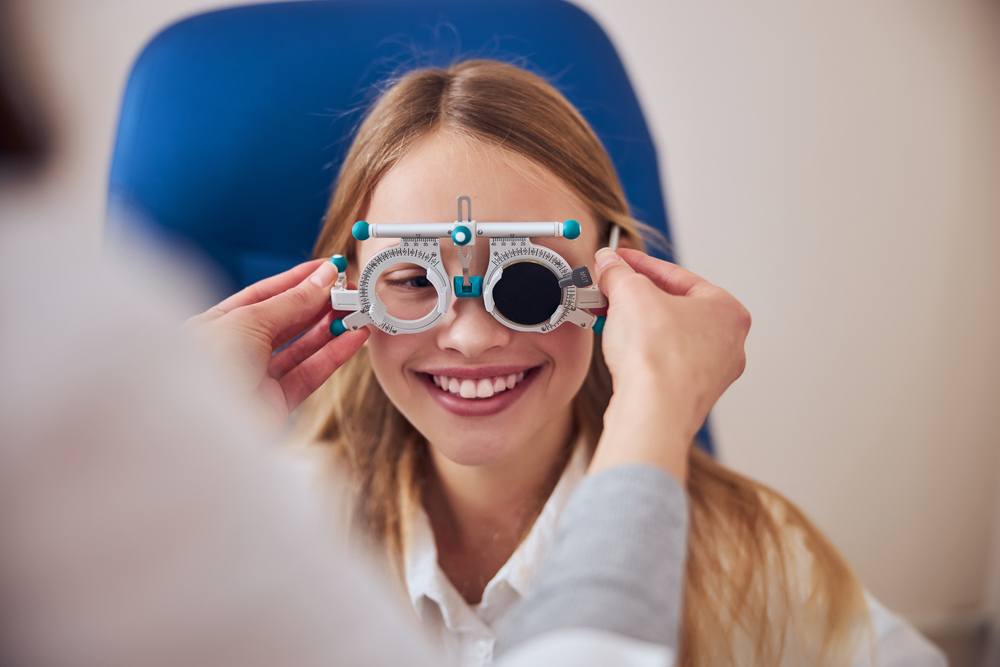Who Benefits From Vision Therapy?

Vision therapy is a customized treatment program that helps improve and strengthen visual skills. It helps with convergence, focusing, eye-tracking, visual processing, and hand-eye coordination. It teaches patients how to use the skills to improve concentration, attention, reading, and learning. Research studies have shown the efficacy of the therapy.
Understanding Vision Therapy
Vision therapy aims to train or teach the visual system to correct itself. It is a form of physical therapy for the eyes and areas of the brain responsible for controlling vision. It can help patients avoid corrective surgery and other treatment options.
Eye specialists conduct a comprehensive exam to determine whether the patient is suitable for the therapy. It helps determine the vision challenges and create a personalized vision therapy program.
Who Benefits From Vision Therapy?
Most people assume that vision therapy is for kids. However, it is an effective treatment option for people of all ages. The program's success depends not on age but on an individual's visual condition. It means that you can benefit from vision correction regardless of your age.
The brain is a flexible organ that continues to be dynamic throughout an individual's life. Children respond well to therapy, helping improve their school performance. Adults often experience improvements faster than children, as they tend to be more motivated.
Signs Your Child Has Vision Problems
Some behaviors can indicate that your child is struggling with their vision. They include:
Difficulty maintaining attention
Avoiding homework or school tasks
Confusing similar-sounding words or reversing letters
Having difficulty with spelling
Reading below grade level
Reduced reading comprehension
Difficulty changing focus for different distances
Omitting words or losing place when reading
Exhibiting poor depth perception
Having messy handwriting
Conditions That Benefit From Vision Therapy
Vision therapy has been used to treat various visual conditions. Specific programs can help treat conditions, including:
Double vision
Eye fatigue
Focusing problems
3D and depth perception difficulties
Amblyopia (lazy eye)
Strabismus (crossed eyes)
Hand-eye coordination problems
Visual perception and processing difficulties
Convergence insufficiency
Eye teaming and tracking challenges
Results of Vision Therapy
Each individual is different, and the results of vision therapy will depend on various factors. They include the severity of the vision condition, the program regimen, and the patient's motivation. Improvements are usually noticed in a few weeks, but it can take several weeks to six months to see the desired results. The doctor will monitor and assess the patient's progress throughout the program. An eye specialist will determine the therapy sessions required to achieve optimum results.
Vision therapy can be helpful for children as young as three years but is usually more effective from five years. There is no upper age limit for therapy, making it effective for adults with depth perception difficulties. Patients who have suffered a concussion or brain injury can benefit from vision therapy.
For more on who benefits from vision therapy, visit Auglaize Family Eye Care at our office in Wapakoneta, Ohio. Call (419) 775-4300 to book an appointment today.








